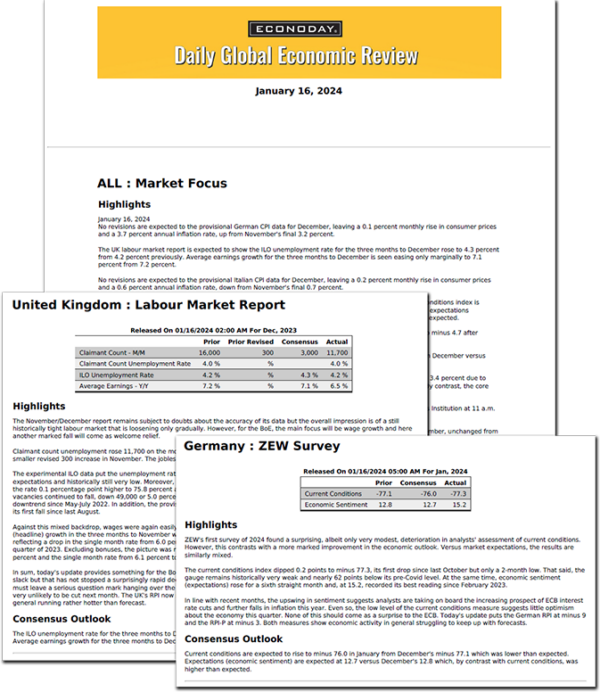Will the FOMC leave the fed funds target range unchanged at the conclusion of the June 13-14 meeting? Or will it opt for another increase of 25 basis points to reach the highest since 5.25 percent in August 2007?1
Although a majority of Fed policymakers may have signaled leaning towards a pause before the start of the communications blackout period that began at midnight on Saturday, June 3, that doesn’t guarantee their opinions will remain that way. Moreover, while thoughts may differ on whether to pause or hike rates again, it will come down to the FOMC voters to determine the outcome.
This is one meeting at which Fed policymakers can be taken at their word when they say no decision is made in advance of the meeting.
The biggest factors likely to influence the meeting outcome are financial conditions – will tightening conditions do some of the work of a rate hike and will markets believe policymakers that rates will remain restrictive this year – and if the May CPI and PPI reports set for release at 8:30 ET on June 13 and 14, respectively, indicate that inflation remains stubbornly high for core prices. In the background will be the soundness of the banking sector and if Fed supervisors are adequately addressing systemic risks from the rapid increases in rates in the past year.
Tighter financial conditions are pushing up yields and making lenders more cautious, and borrowing more costly. Between wanting to see what the long and variable lags in the effect of prior rate hikes and tighter credit, many will want to wait and see before raising rates again. However, should the CPI come in with another month of elevated readings at the core, the need for further efforts to fight inflation may be more evidence and palatable with the labor market still in solid shape. What the FOMC finally chooses to do at the June 13-14 meeting could go either way.
A look at the more recent public comments by FOMC voter:
- Chair Jerome Powell – risks more balanced, lagged effects of previous tightening uncertain, inflation proving hard to control, although rates may not have to rise as much as previously expected
- Vice Chair for Supervision Michael Barr – focused on supervision and regulations, has not addressed outlook for monetary policy
- Governor Lisa Cook – “path back to our low and stable inflation goal could be long and is likely to be uneven and bumpy”, data-dependent, risk-management framework to monetary policy, appropriate path for rates may be lower in absence of tighter financial conditions
- Governor Christopher Waller – “data has not provided sufficient clarity” for next meeting decision, “need to maintain flexibility on best decision”
- Governor Michelle Bowman – “additional monetary policy tightening will likely be appropriate”, “policy rate will need to remain sufficiently restrictive for some time to bring inflation down”
- Governor Philip Jefferson – “little progress on core inflation”, Fed officials “closely monitoring the impact of the failure of three large banks”, bank failures “a mild retardant effect on economy”
- New York President John Williams – “inflation remains too high”, “monitoring the totality of the data and what it implies”, “will be particularly focused on assessing the evolution of credit conditions”
- Philadelphia President Patrick Harker – FOMC “really should skip” a rate hike at June meeting
- Minneapolis President Neel Kashkari – a “close call” on whether to hike or pause at June meeting, pause would not necessarily mean end of tightening cycle
- Chicago President Austan Goolsbee – should take tightening effect related to bank failures into account in setting monetary policy, “somewhat concerned” gradual approach to fighting inflation could lead to inflation expectations becoming entrenched
- Dallas President Lorie Logan – “inflation remains much too high”, “keeping an open mind and a close watch on economic developments”, “I remain concerned about whether inflation is falling fast enough”
1The FOMC switched to a target range in December 2008, which makes historical comparisons less exact. However, if the FOMC does raise rates, the comparison works. An increase of 25 basis points would bring the low end of the target range to 5.25 percent 5.25 percent to 5.50 percent and the mid-point to 5.375 percent. In both cases this would be the highest since August 2008.




